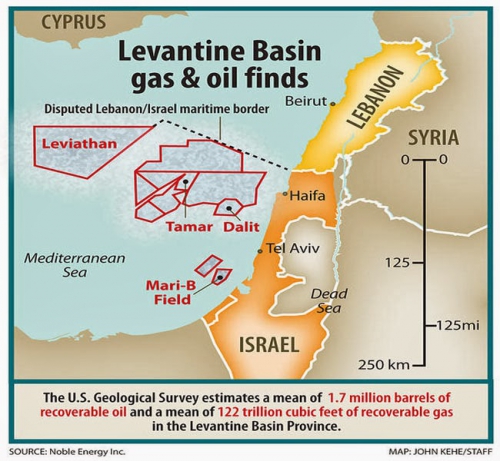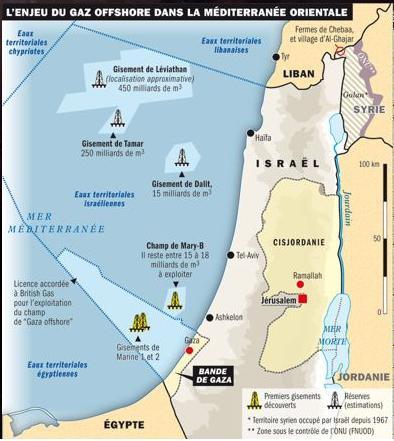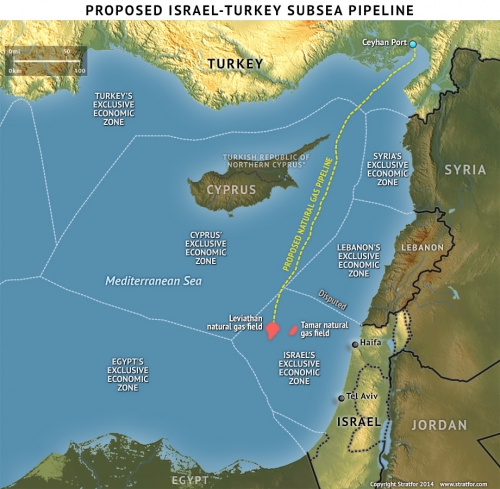This commentary was published in the Journal of American Physicians and Surgeons Volume 20, Number 1, Pages 18-19, Spring 2015.
Modern medicine has spawned great things like antibiotics, open heart surgery, and corneal transplants. And then there is antiretroviral therapy for HIV/AIDS.
A civic-minded, healthy person volunteers to donate blood but, tested for HIV (human immunodeficiency virus), is found to be HIV-positive. This would-be donor will be put on a treatment regimen that follows the (285-page) Guidelines for the Use of Antiretroviral Agents in HIV-1-Infected Adults and Adolescents [1] and will be thrust into a medical world peppered with acronyms like CD4, ART, HIV RNA, HIV Ag/Ab, NRTI, NNRTI, PI, INSTI, PrEP, and P4P4P.
Adhering to these government-issued guidelines, a “health care provider” will start this healthy blood donor on antiretroviral therapy (ART). For the last two decades the standard for treating HIV infection is a three-drug protocol—“2 nukes and a third drug.” The “2 nukes” are nucleoside reverse transcriptase inhibitors (NRTI) and DNA chain terminators, like AZT (azidothymidine – Retrovir, which is also a NRTI). The “third drug” is a non-NRTI (NNRTI), a protease inhibitor (PI) or an integrase strand transfer inhibitor (INSTI). [2]
These drugs are toxic. With prolonged use they can cause cardiovascular disease, liver damage, premature aging (due to damage of mitochondria), lactic acidosis, gallstones (especially with protease inhibitors), cognitive impairment, and cancer. The majority of people who take them experience unpleasant side effects, like nausea, vomiting, and diarrhea.
AZT, the most powerful “nuke” in the ART arsenal actually killed some 150,000 “HIV-positive” people when it started being used in 1987 to the mid-1990s, after which, if the drug was used, dosage was lowered. [3] When an HIV-positive person on long-term ART gets cardiovascular disease or cancer, providers blame the virus for helping cause these diseases. Substantial evidence, however, supports the opposite conclusion: it is the antiretroviral treatment itself that causes cancer, liver damage, cardiovascular and other diseases in these patients. [3] They are iatrogenic diseases.
The orthodox view holds that HIV causes AIDS (acquired immunodeficiency syndrome)—one or more of an assemblage of now 26 diseases. Reinforcing this alleged fact in the public’s mind, the human immunodeficiency virus is no longer just called HIV, it is now “HIV/AIDS.”
A new development in HIV care, called preexposure prophylaxis (PrEP), promotes universal coverage with antiretroviral drugs to prevent HIV infections, based on the tenet that prevention is the best “treatment.” Given their unpleasant side effects, however, many people stop taking their antiretroviral drugs. An answer for that in the HIV/AIDS-care world is addressed by its P4P4P acronym (pay for performance for patients). With P4P4P, now under study, patients are given financial incentives to encourage them to keep taking the drugs. [2]
Could the hypothesis that the multi-billion-dollar HIV/AIDS medical-pharmaceutical establishment bases its actions on be wrong? In 1987, Peter Duesberg, a professor of molecular and cell biology at the University of California, Berkeley, who isolated the first cancer gene, and in 1970 mapped the genetic structure of retroviruses, published a paper in Cancer Research questioning the role of retroviruses in disease and the HIV/AIDS hypothesis in particular [4]. Then, in 1988, he published one in Science titled “HIV is Not the Cause of AIDS.” [5] As a result, Dr. Duesberg became a pariah in the retroviral HIV/AIDS establishment, which branded him a “rebel” and a “maverick.” Colleague David Baltimore labeled him “irresponsible and pernicious,” and Robert Gallo declared his work to be “absolute and total nonsense.”
Skeptics of the HIV/AIDS hypothesis are chastised and subjected to ad hominem attacks. Anyone who questions this hypothesis is now branded an “AIDS denier,” which is analogous to being called a Holocaust denier. Nevertheless, non-orthodox scholars have been questioning the HIV/AIDS paradigm for thirty years; and now, in the 21st century, as Rebecca Culshaw puts it, “there is good evidence that the entire basis for this theory is wrong.” [6]
A key feature of the HIV/AIDS hypothesis is that the virus is sexually transmitted. But only 1 in 1,000 acts of unprotected intercourse transmits HIV, and only 1 in 275 Americans is HIV-positive! Drug-free prostitutes do not become HIV-positive, despite their occupation. [3,7]
HIV is said to cause immunodeficiency by killing T cell lymphocytes. But T cells grown in test tubes infected with HIV do not die. They thrive. And they produce large quantities of the virus that laboratories use to detect antibodies to HIV in a person’s blood. HIV infects less than 1 in every 500 T cells in the body and thus is hard to find. The HIV test detects antibodies to it, not the virus itself. For these and other reasons a growing body of evidence shows that the HIV theory of AIDS is untenable. [7]
A positive HIV test does not necessarily mean one is infected with this virus. Flu vaccines, hepatitis B vaccine, and tuberculosis are a few of the more than 70 things that can cause a false-positive HIV test. In healthy individuals, pregnancy and African ancestry conduce to testing HIV positive. In some people a positive test may simply indicate (without any virus) that one’s immune system has become damaged, from heavy recreational drug use, malnutrition, or some other reason. [8]
If HIV does not cause AIDS, then what does? The classic paper on AIDS causation, published in 2003 by Duesberg et al., implicates recreational drugs, anti-viral chemotherapy, and malnutrition. [9]
If the theory is wrong, how can it persist? In a review of The Origin, Persistence, and Failings of the HIV/AIDS Theory by Henry Bauer, the late Joel Kaufman writes:
“One of the most difficult things to write is a refutation of a massive fraud, especially a health fraud, in the face of research cartels, media control, and knowledge monopolies by financial powerhouses… The obstacles to dumping the dogma are clearly highlighted as Dr. Bauer discusses the near impossibility of having so many organizations recant, partly because of the record number of lawsuits that would arise.” [10]
Henry Bauer, professor emeritus of chemistry and science studies and former dean of the Virginia Tech College of Arts and Sciences, also presents a concisely reasoned refutation of the HIV/AIDS hypothesis in a 28-page online study, “The Case Against HIV,” with 51 pages of references—now 896 of them, which he continually updates. [3]
In a review of Harvey Bialy’s book, Review of Oncogenes, Aneuploidy, and AIDS: A Scientific Life and Times of Peter Duesberg, my colleague Gerald Pollack, professor of bioengineering at the University of Washington, writes:
“The book reminds us that although over $100 billion has been spent on AIDS research, not a single AIDS patient has been cured—a colossal failure with tragic consequences. It explains in too-clear terms the reasons why AIDS research focuses so single-mindedly on this lone hypothesis to the exclusion of all others: egos, prestige, and money. Mainstream virologists have assumed the power of the purse, and their self-interests (sometimes financial), propel them to suppress challenges. This is not an unusual story: challenges to mainstream views are consistently suppressed by mainstream scientists who have a stake in maintaining the status quo. It’s not just Semmelweis and Galileo, but is happening broadly in today’s scientific arena.” [11]
Adhering to the erroneous hypothesis that HIV causes AIDS, the U.S. government spends billions of dollars annually on HIV/AIDS programs and research—$29.7 Billion for fiscal year 2014. It is a waste of money. It fleeces taxpayers and enriches the HIV/AIDS medical establishment and the pharmaceutical companies that make antiretroviral drugs. The annual cost of HIV care averages $25,000-$30,000 per patient, of which 67-70 percent is spent on antiretroviral drugs. [2]
The tide is beginning to turn, as evidenced in the Sept 24, 2014, publication by Patricia Goodson of the Department of Health and Kinesiology at Texas A&M University. She notes that “the scientific establishment worldwide insistently refuses to re-examine the HIV-AIDS hypothesis,” even while it is becoming increasingly “more difficult to accept.” She writes:
“This paper represents a call to reflect upon our public health practice vis-à-vis HIV-AIDS… The debate between orthodox and unorthodox scientists comprises much more than an intellectual pursuit or a scientific skirmish: it is a matter of life-and-death. It is a matter of justice. Millions of lives, worldwide, have been and will be significantly affected by an HIV or AIDS diagnosis. If we – the public health work force – lose sight of the social justice implication and the magnitude of the effect, we lose ‘the very purpose of our mission.’” [12]
Despite its long-term, widespread acceptance, the HIV/AIDS hypothesis is proving to be a substantial fallacy of modern medicine.
REFERENCES
- These Guidelines are available at: http://aidsinfo.nih.gov/contentfiles/lvguidelines/adultandadolescentgl.pdf . Accessed Dec 15, 2014.
- “10 Changes in HIV Care That Are Revolutionizing the Field,” John Bartlett (December 2, 2013) Available at: http://www.medscape.com/viewarticle/814712 . Accessed Dec 15, 2014.
- The Case Against HIV, collated by Henry Bauer. Available at: http://thecaseagainsthiv.net/ . Accessed December 15, 2014
- Duesberg PH. Retroviruses as Carcinogens and Pathogens: Expectations and Reality. Cancer Research. 1987;47:1199-1220.
- Duesberg PH. HIV is Not the Cause of AIDS. 1988;241:514-517. Available at: http://www.duesberg.com/papers/ch2.html Accessed Dec 15, 2014.
- Culshaw R. Science Sold Out: Does HIV Really Cause AIDS?, Berkeley, CA: North Atlantic Books; 2007.
- Bauer H. The Origin, Persistence and Failings of HIV/AIDS Theory, Jefferson, NC: McFarland; 2007.
- Duesberg PH. Inventing the AIDS Virus, Washington, D.C.: Regnery Publishing; 1996.
- Duesberg PH, Koehnlein C, Rasnick D. The Chemical Basis of the Various AIDS Epidemics: Recreational Drugs, Anti-viral Chemotherapy, and Malnutrition. J Biosci 2003;28:384-412. Available at: http://www.duesberg.com/papers/chemical-bases.html. Accessed Dec 15, 2014.
- Kauffman JM. Review of The Origin, Persistence, and Failings of the HIV/AIDS Theory, by Henry H. Bauer, Jefferson, NC, McFarland, 2007. J Am Phys Surg. 2007;12:121-122.
- Pollack G. Statement on HIV/AIDS at: http://www.aras.ab.ca/aidsquotes.htm Accessed Dec 15, 2014.
- Goodson P. Questioning the HIV-AIDS hypothesis: 30 years of dissent. Frontiers in Public Health. 2014; 2[Article 154]: 1-11. Available at: http://journal.frontiersin.org/Journal/10.3389/fpubh.2014.00154/full . Accessed Dec 15, 2014.






 del.icio.us
del.icio.us
 Digg
Digg
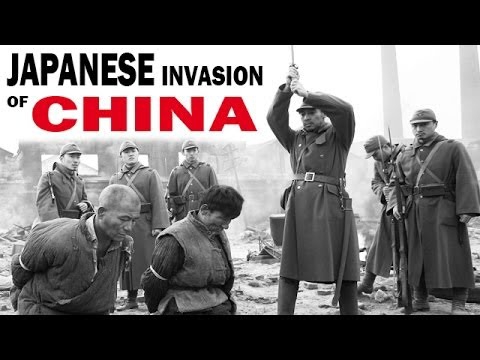 Otherwise, his war was a kind of black hole in family life. But for boys like me, that mattered less than you might expect for a simple reason: we already knew what our fathers had experienced at war. We had seen it at the movies, often with those fathers sitting silently beside us. We had seen John Wayne
Otherwise, his war was a kind of black hole in family life. But for boys like me, that mattered less than you might expect for a simple reason: we already knew what our fathers had experienced at war. We had seen it at the movies, often with those fathers sitting silently beside us. We had seen John Wayne 



 There are indeed exceptions to war porn, but don’t fool yourself, size matters. How many people have seen American Sniper, The Hurt Locker, or Zero Dark Thirty? By comparison, how many saw the anti-war Iraq War film
There are indeed exceptions to war porn, but don’t fool yourself, size matters. How many people have seen American Sniper, The Hurt Locker, or Zero Dark Thirty? By comparison, how many saw the anti-war Iraq War film 
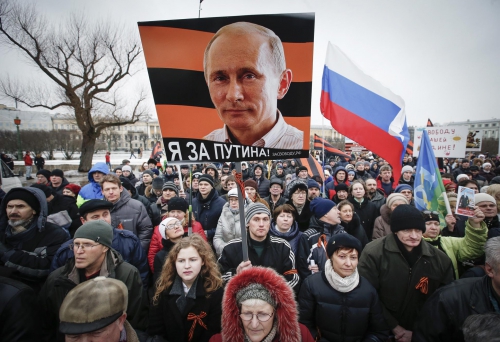
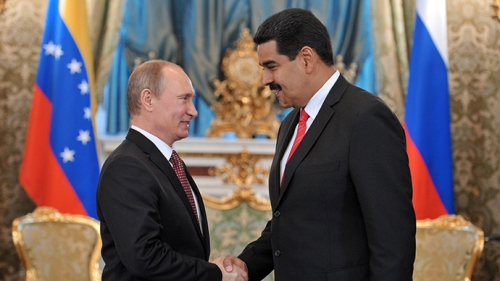
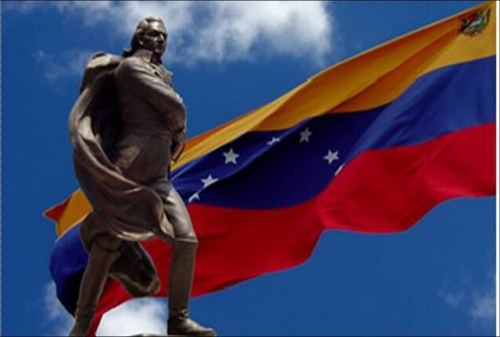

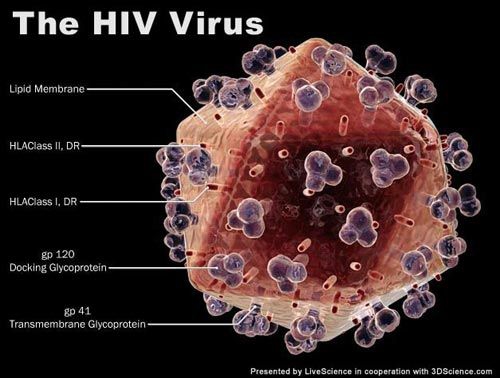
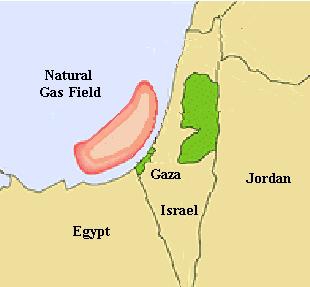 Talk of an oil glut and a potential
Talk of an oil glut and a potential 